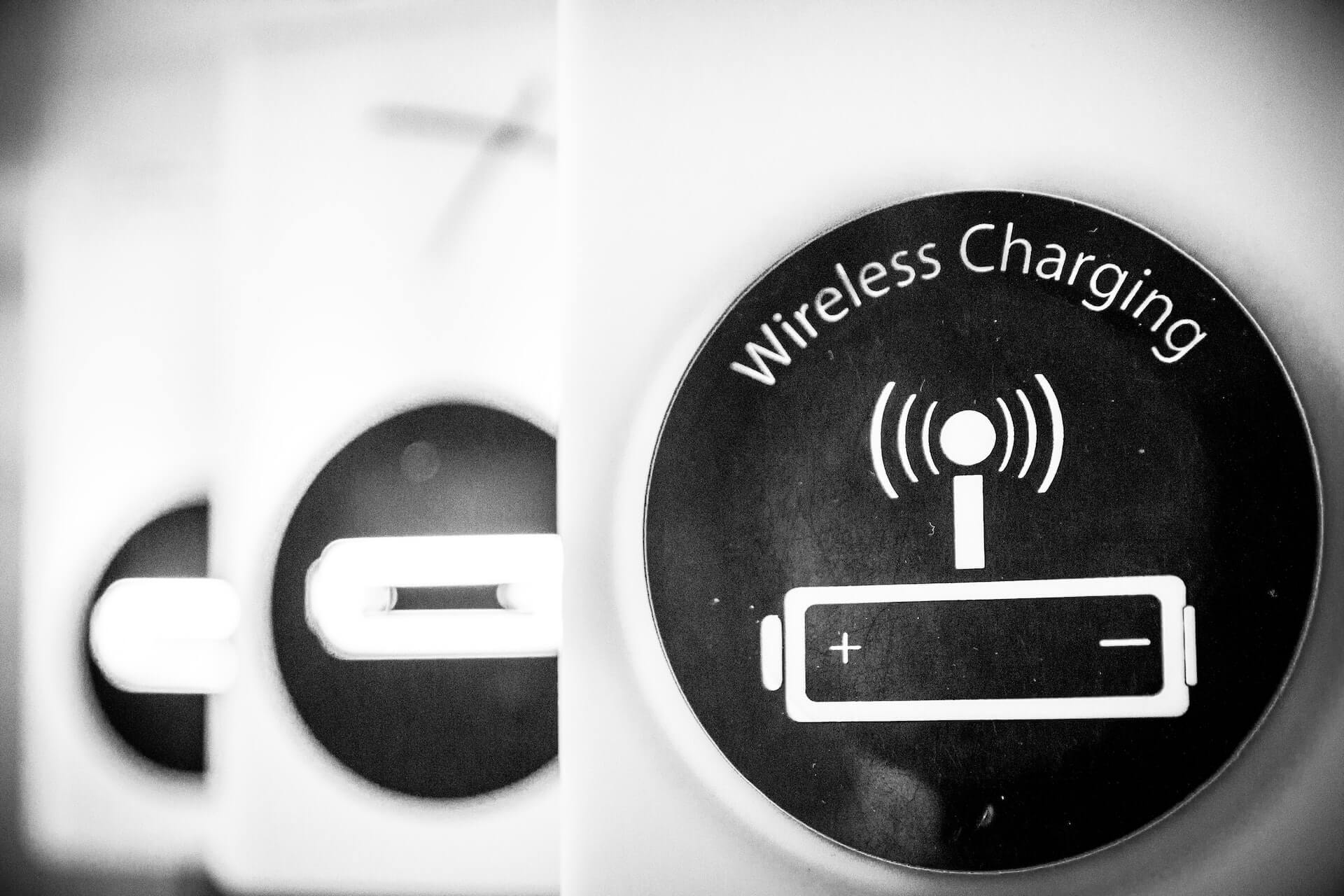It is a dream still associated with the Serbian-American inventor Nikola Tesla: broadcasting electricity, making it available to users without a wire.
Tesla took his plans for sending electricity through the air to the grave with him, having been one of the architects of alternating current, which was the building block of the electrified world.
But Tesla’s dream has never died and, in fact, is alive and well and making progress — although not on the universal scale envisioned by Tesla or his followers. They look on his scheme for electricity broadcast from towers, like radio, as a Holy Grail.
His dream was as improbable as it was alluring.
But on a more down-to-earth level, inductive charging — wireless power transfer — is surging. It has two distinct visions: One is to make wireless charging a reality for small devices. If airport terminals were wired for charging as they are for WiFi, there would be no more sitting on the floor by a plug. The other is for electric vehicles.
Ahmad Glover, the enthusiastic president of WiGL, a small wireless electric transmission company, told me the military is extremely interested in wireless charging. Glover, an Air Force veteran, said the goal is to have forward bases equipped, during operations and in warfighting situations, so that troops can charge their electronics without plugging in. “The less a soldier has to carry the better,” he said.
Glover, who has worked with MIT and Atlantic University engineers and has a contract with the Air Force, sees a day when charging is essentially automatic. The source of the power could be from a solar charger carried by a soldier on the battlefield rather than from the grid or the forward base generator. Glover believes his work will keep U.S. troops discreetly in touch wherever, whenever. He is working on beams and omnidirectional area chargers.
The big marquee application for wireless charging is in transportation. Here, most obviously, inductive charging has applications in public transport. The charger consists of an electromagnetic field radiating from a plate to a receiver under the vehicle. When the vehicle is positioned over the plate, charging takes place. This is known as a static system.
Mobile inductive charging, known as dynamic charging, where a moving vehicle can pick up a charge from the roadway, has been promoted overseas. But there is research money in the federal budget for inductive charging development in the United States.
The big advantage of static charging is that vehicles can be lighter and, therefore, cheaper. Taxis, trolleys, light rail and buses could have smaller, lighter batteries as they will be charged regularly at predictable places, like traffic lights.
South Korea has been developing a charging system for buses where they get a charge every time they stop at a bus stop.
With abundant wind and hydro, Norway is headed for a carbon-free economy. By law, all new cars must be electric by 2025; accordingly, Norway is working to install inductive charging plates for taxis at their stands. A taxi driver will pull into a stand — still common in Europe — and while waiting for the next fare, the car will charge. If the taxi is on the stand long enough, it gets fully charged. Otherwise, it just gets a boost.
The advantages of inductive charging are multiple. First, batteries can be smaller and cheaper, and the vehicle lighter. For utilities, the load is spread over the day, coinciding with the abundance of solar generation.
The ultimate dynamic inductive dream is that cars will refuel as they speed down the highway. Italy has an experimental program installing charging coils in tarmac. Sweden is relatively far along with a similar experiment, and the United Kingdom is funding research.
Nikola Tesla’s dream is turning into reality.
Photo by Limor Zellermayer on Unsplash

 Follow
Follow
Leave a Reply